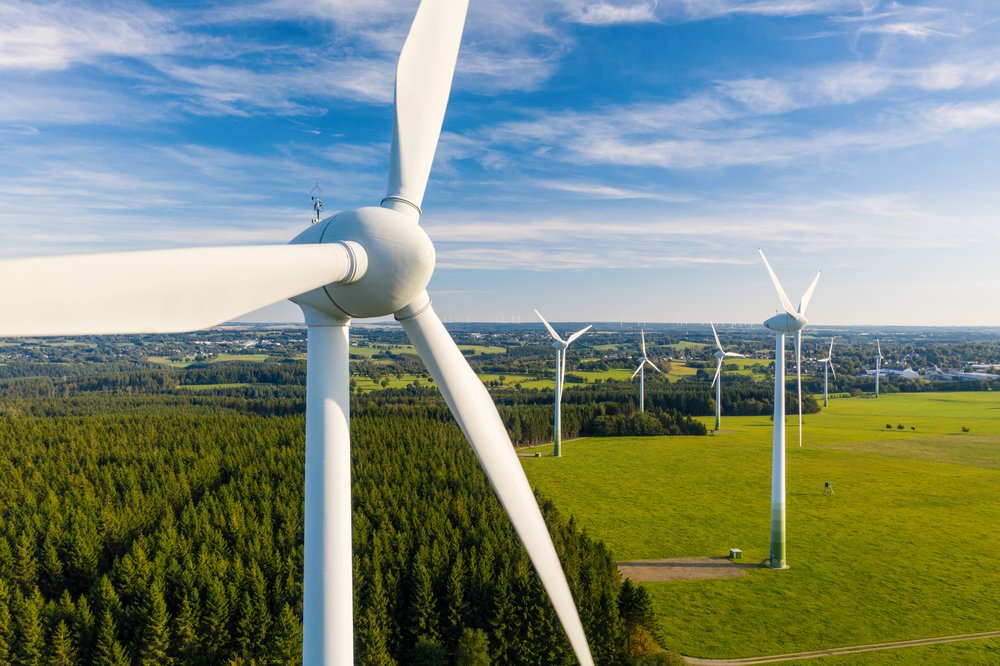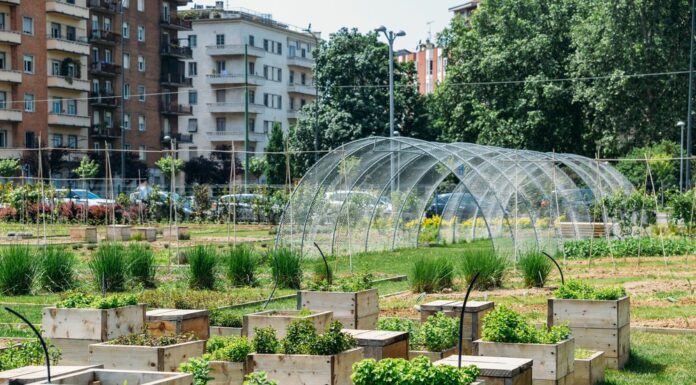Did you know that wind turbines usually last up to 25 years? If you’re an environmental advocate or a concerned citizen, you may be concerned about what happens to them after their lifecycle. The wind industry is growing. It may be a clean energy source, but the truth is, they only end up in landfills due to their short life span.
The renewable energy industry conducts new wind turbine installations and regularly processes upgrades and repowering, that further amplifies the accumulation of decommissioned blades. Can recycling them resolve the disposal issue? Older wind turbines, especially those that were produced before the 21st century, are challenging to recycle because they are made from materials designed to withstand even the harshest environmental condition.
In a study conducted by National Renewable Energy Laboratory (NREL), about 2.2 million metric tons of decommissioned blades are expected to be collected by 2050. Good thing, there is flourishing support from various sectors to ensure that not all of the dismantled turbines will go to landfills.
How Retired Wind Turbines Were Converted
Several manufacturers in Spain, Germany, and Switzerland have teamed up to show efforts in recycling management with the help of the latest technologies. Here are some of the ways in which they were able to make the recycling process possible.
Cement
The world’s leading wind turbine supplier, GE (General Electric), partnered up with the Veolia Company to collect and manage the recycling operation of their offshore and onshore blades. The turbine’s blade parts are made from fiberglass, making it a good alternative for limestone in making cement. The processing of limestone is known to release carbon dioxide, a way to reduce it is to substitute its use with silica-rich materials like fiberglass.
The quality of the cement made from the turbine’s fiberglass closely matches those of standard cement made from limestones. Through this recycling process, the number of turbines that will go to the landfill is reduced, plus the production of limestone is avoided to prevent carbon dioxide emission that is harmful to the environment.
Carpentry Applications
Another creative way of recycling turbine parts is by producing them into pellets or boards functional for carpentry uses. A US-based company, Global Fiberglass Solutions, developed EcoPoly Pellets, a brand of certified decommissioned turbine blades. All products that are available on the market come through with radio-frequency identification (RFID) tracking, so consumers would know that it is indeed from a recycled turbine materials.
EcoPoly Pellets are considered a universal construction material because they can be transformed into flooring and wall material, commercial pallets, parking bollards, etc. Global Fiberglass Solutions processes about 5,000-7,000 blades per year, which is a big help in the renewable energy sector.
Shelter and Benches
Since recycling and processing the blade is costly and requires the help of the latest technology, the city of Aalborg utilized it as is and turned it into a bike or motor shelter in replacement of a roof. The whole blade is just cleaned and polished. You wouldn’t think that it is a recycled turbine blade because its natural curve served as an aesthetic feature. It can also be utilized as a bus or train shelter that can protect commuters from rain and the heat of the sun.
A park in Netherland, the Wikado playground features a playground that is built from decommissioned blades from the slides, climbing toys, tunnels, chutes, and other park paraphernalia not only enjoyed by kids but the whole family.
Chemical Breakdown
One recommended way to recycle a turbine is to extract its chemicals to process a new material or make it into a new blade again. In this process, the epoxy resin plastic is extracted. Also, a cotton-like material can be extracted, and these are usually turned into thermoplastic pellets, which is a primary material to make fiber-reinforced parts essential for the sporting-goods, marine, and automotive industries.
With the help of the latest technology, the extraction of fiberglass from decommissioned turbines are now done efficiently. If fiberglass from all of the turbines in the landfills can be extracted, it is possible that the global glass fiber demand could be reduced.
Final Thoughts
In the past several years, retired turbine blades are just buried in landfills because there is a lack of resources to repurpose them, and there was not much else that could be done with them. Since people are becoming aware of the importance of protecting the environment, there are now innovative ways to recycle it. It is encouraged to recycle wind turbines to save up landfill space and reduce fossil fuel consumption in creating another blade or other materials.










